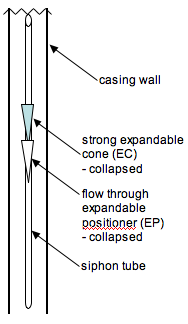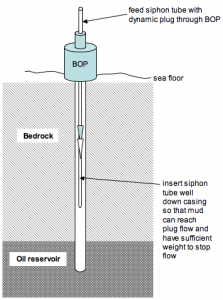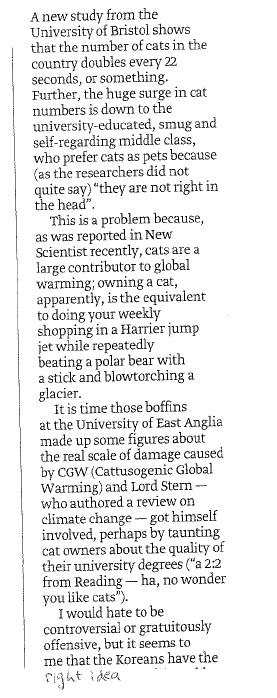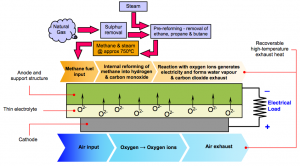Probably, BP has spent enough time on the wall-o-shame, not because they have changed their ways in any demonstrable way, but rather that no one is much interested in the oil spill any more.
I am not really into arbitrary start or end points, but I’m talking to my buddy from Minnesota the other day, and I am reminded that I am a lame arse, and haven’t updated my blog since it got banned from the Company website. Well, sometime close to there. And then I did get kinda busy doing some billable work, but not so much that I couldn’t have a rant now and then, but then just never wrote anything. Maybe I was saving up energy for the big writing I did near the end of the year. Whatever.
It certainly wasn’t due to the fact that nothing annoying and deserving of even a lengthy rant have not occurred, even in Australia, where generally we have few complaints.
So, I am committed to writing regularly this year, and we will see how it goes. Perhaps nothing will come up that sets me off? Hmmmn, not likely. Probably I will also put up some techo crap on current subjects of interest, such as coal seam gas production (CSG), and underground coal gasification (UCG), and some opinion on whether either is a good idea. I will try to keep it as short as possible.
Also, I have read recently about an innovation in carbon capture and storage I need to investigate to find out if this change make CCS a possibility, or if it remains a pipe-dream and significant waste of government support.
Other topics chosen upon response required to comments.
Hulka out





